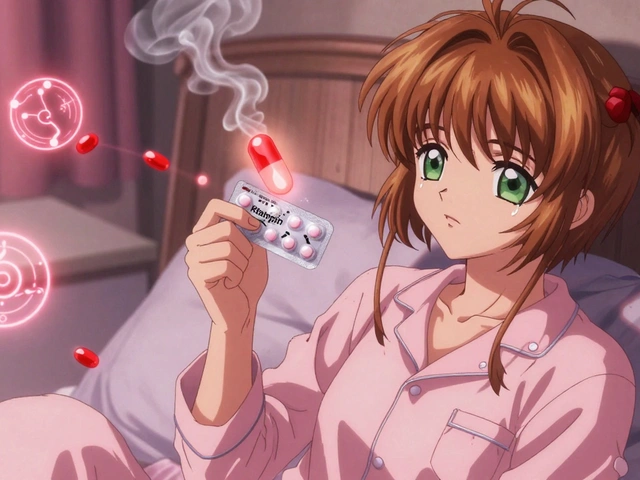What Really Causes Melasma? A Straight‑Forward Guide
Melasma shows up as dark, uneven patches on the face, usually on the cheeks, forehead, or upper lip. It’s not just a cosmetic issue – it tells you something about what’s going on under the skin. Below we break down the biggest culprits and how you can keep them in check.
Hormonal Triggers
Hormones are the top driver of melasma. Pregnancy, birth control pills, and hormone‑replacement therapy raise estrogen and progesterone levels, and those hormones signal skin cells to produce more melanin. That’s why many women notice their melasma getting worse during pregnancy or when they start a new contraceptive.
Thyroid problems can also mess with hormone balance, leading to unexpected skin darkening. If you have a history of thyroid disease, ask your doctor to check your hormone levels when melasma flares up.
External Factors
Sunlight is a classic melasma trigger. UV‑A and UV‑B rays stimulate melanin production, making existing spots darker and spawning new ones. Even on cloudy days, UV rays penetrate, so wearing a broad‑spectrum sunscreen with at least SPF 30 every morning is a must.
Cosmetic products that irritate the skin can aggravate melasma. Harsh exfoliants, certain fragrances, or oily foundations that clog pores create inflammation, which in turn boosts melanin. Look for non‑comedogenic, fragrance‑free formulas and do a patch test before trying new products.
Medications like certain anti‑seizure drugs, antibiotics, or hormone‑like steroids can cause hyperpigmentation as a side effect. If you’ve started a new prescription and notice darker spots, talk to your pharmacist or doctor about alternatives.
Genetics also play a role. If your parents or close relatives have melasma, you’re more likely to develop it. While you can’t change your DNA, you can control the environmental factors that exacerbate the condition.
Stress isn’t a direct cause, but chronic stress can unbalance hormones, indirectly feeding melasma. Simple habits like regular exercise, adequate sleep, and mindfulness can help keep your hormone levels steadier.
Finally, certain skin conditions such as eczema or acne can leave behind post‑inflammatory hyperpigmentation that looks similar to melasma. Treating the underlying inflammation early reduces the chance of lasting dark patches.
Bottom line: melasma usually results from a mix of internal hormonal shifts and external skin stressors. Spotting the dominant trigger for you makes it easier to choose the right prevention steps.
Start by protecting your skin from the sun, reviewing any hormone‑related meds, and simplifying your skincare routine. If spots persist, a dermatologist can offer targeted treatments like topical hydroquinone, chemical peels, or laser therapy to fade existing patches.
Remember, melasma is common and manageable. Knowing the causes helps you take control and keep your complexion as even as you want it to be.
2 June 2025
Tessa Marley
Melasma isn’t just a women’s issue—it can affect men too, often flying under the radar. This article uncovers why men get melasma, the root causes, the most up-to-date treatments, and how to lower the risk of stubborn dark patches on your skin. Get tips backed by real research, find out which therapies actually work, and learn the dos and don’ts to protect your skin every day. Expect answers that go beyond the basics with practical advice specifically written for men. Melasma might be common, but the right approach changes everything.
Continue Reading...






